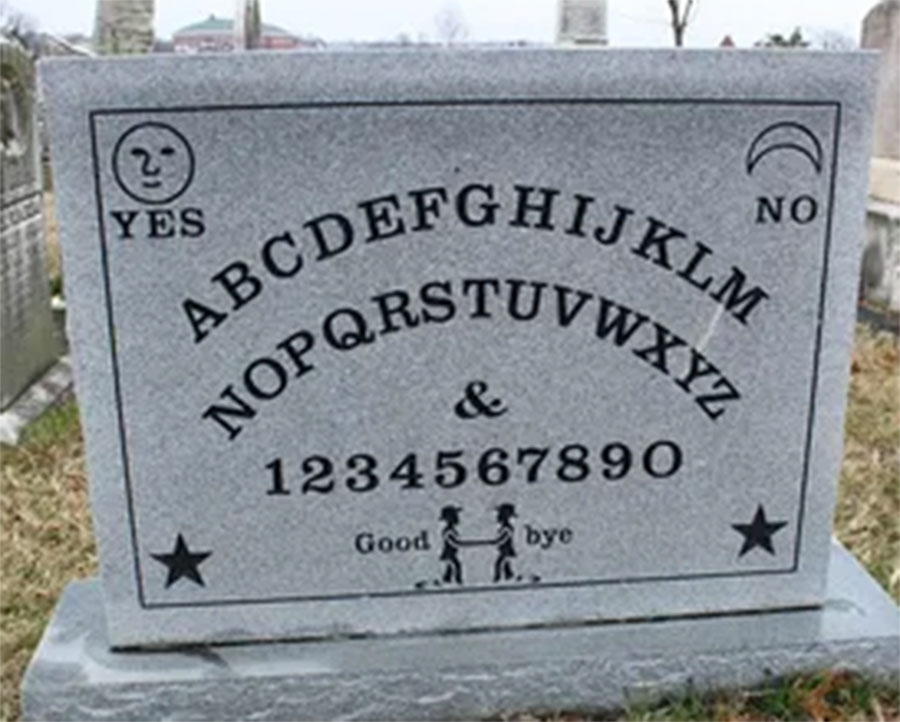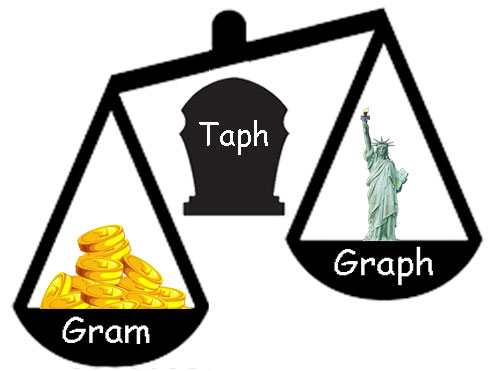
You may recall that in addition to proofreading and blogging for ProofreadingPal, I am an elementary school teacher. I’m fascinated by the overlap of these two professions, as I discussed in lessons fifth grade students can teach all writers about the craft and whether the need to teach penmanship is obsolete. I help children whose skills in these content areas are lagging, so you could say I’m an editor to all ages.
Get a free sample proofread and edit for your document.
Two professional proofreaders will proofread and edit your document.
This past year, as part of my reading intervention work, I took Orton Gillingham Morphology training, which teaches teachers a method of word study for their students that has been linked to improved success in reading and writing. Students learn how affixes (prefixes like un- and anti- and suffixes like -ing and -ous) and Latin and Greek roots (e.g., “struct” to “to build”) are used to build so many words.
Knowing the meanings of these meaningful parts of words (i.e., morphemes) helps students build their vocabularies and better use context clues to determine the meanings of unknown words.
In today’s post, my two worlds joyously collide again as I bring to you another post about commonly confused words: epigram, epigraph, and epitaph. First, let’s look at the definitions of each.
These three words obviously sound very similar, all containing the prefix “epi-,” two containing the related roots “graph” and “gram,” and two ending with the letters “ph.” Thus, they are so easy to mix up. A look at what the morphemes (parts) of these words mean will help keep them straight.
Usage of epigram (epi- + gram = written on/upon) and epigraph (epi- + graph = written on/upon) can be tough to distinguish. One way to keep them straight is a mnemonic device.
Recall that gram comes from gramma (letter of the alphabet). Gramma, in Greek, also means “a small weight,” and is a specific use of the word gramma, which classically means “a letter of the alphabet,” as I said above. Here is where the mnemonic device comes in.
An epigram is a short, weighty, or punchy, saying or poem. See that? An epigram carries weight! And an epigraph is therefore another type of message, in this case one written on a monument or in introduction to a written volume. Both are “written on” in a sense, but one is “weighty.”
In general, epitaph (epi- + taph = on/upon a gravestone) is a bit easier to remember, because it’s the only one with the root taph.
So, while both an epigraph and an epitaph may be carved in stone, it’s an epitaph if the stone is for a gravestone or crypt and an epigraph if it’s something else, like the Statue of Liberty.

Morphological word study is useful at all ages and stages for writers and effective communication in general. Building layers of knowledge about and related to individual words helps you remember those and other words. Knowing the root and affix meanings of epi-, graph, gram, and taph gives you clues, building your vocabulary, and thus your writing and speaking exponentially.
Here are a couple to give you something more to chew on if you, like me and other editors at ProofreadingPal, love word study:
Enjoy!
Sarah P.
Get a free sample proofread and edit for your document.
Two professional proofreaders will proofread and edit your document.
Get a free sample proofread and edit for your document.
Two professional proofreaders will proofread and edit your document.
We will get your free sample back in three to six hours!